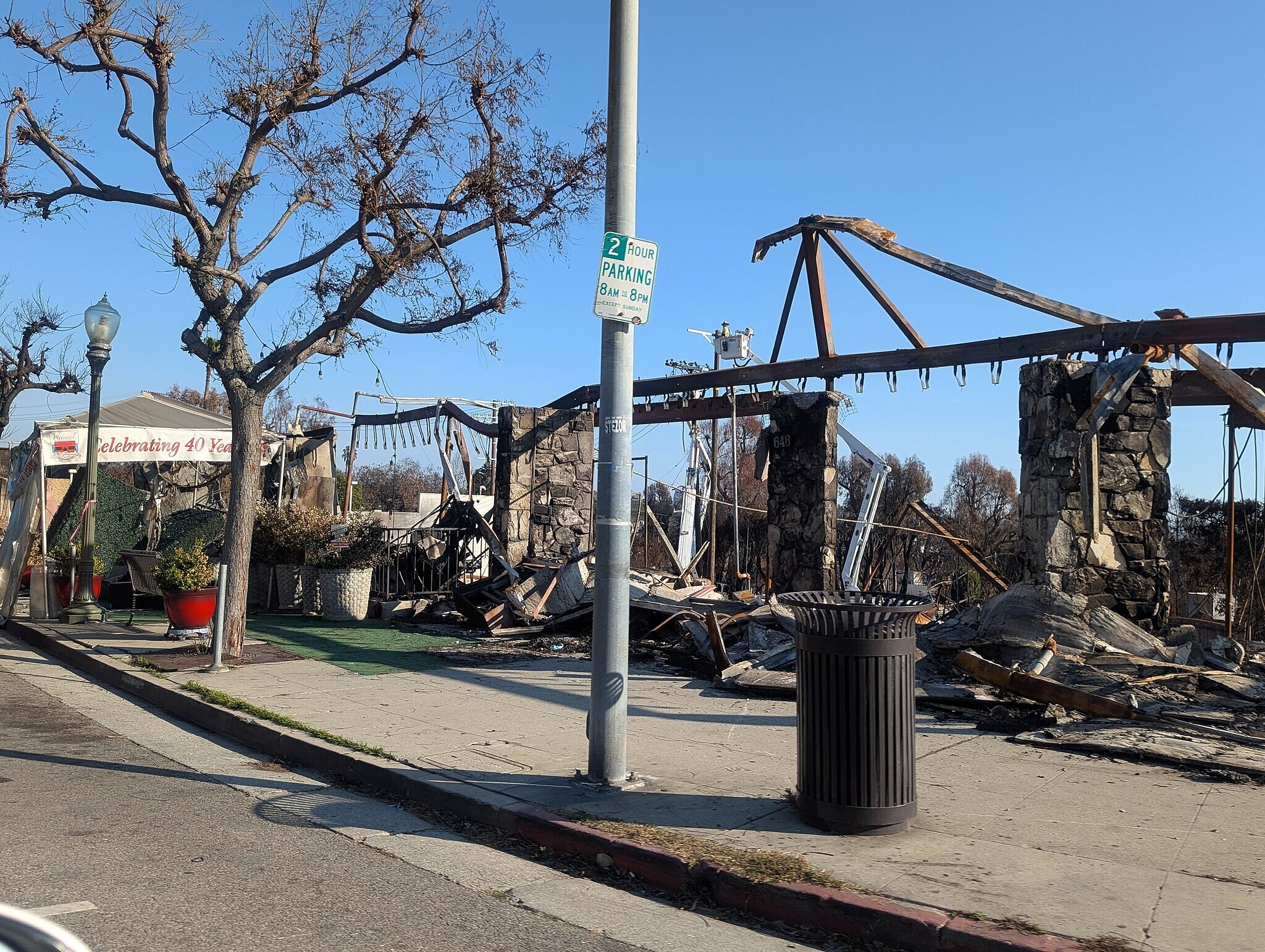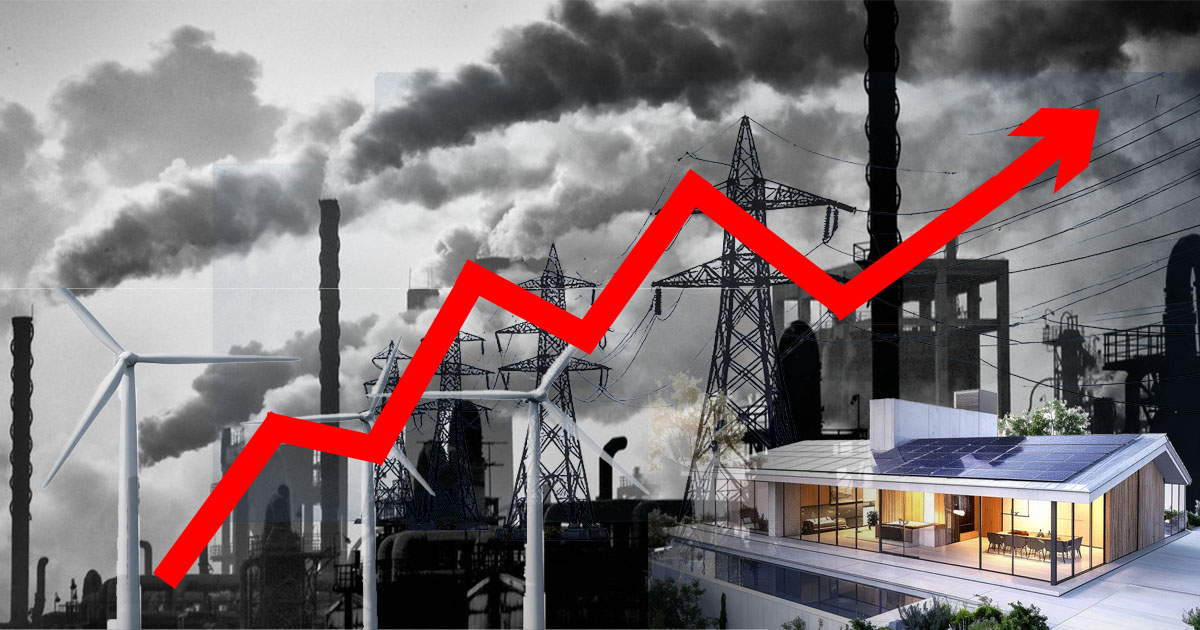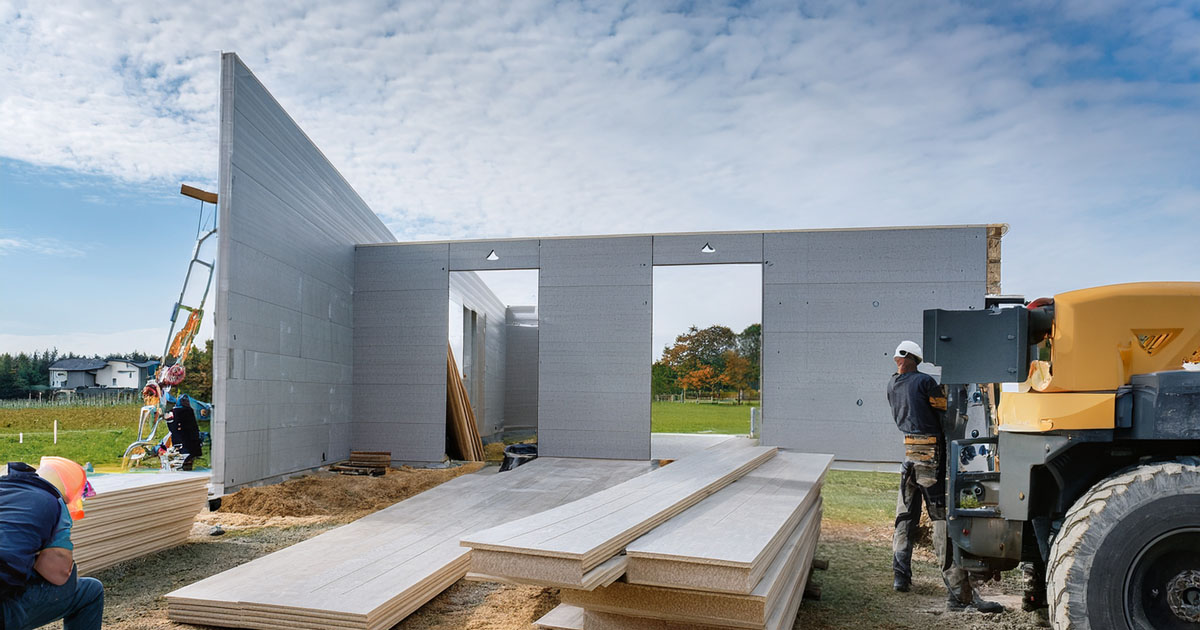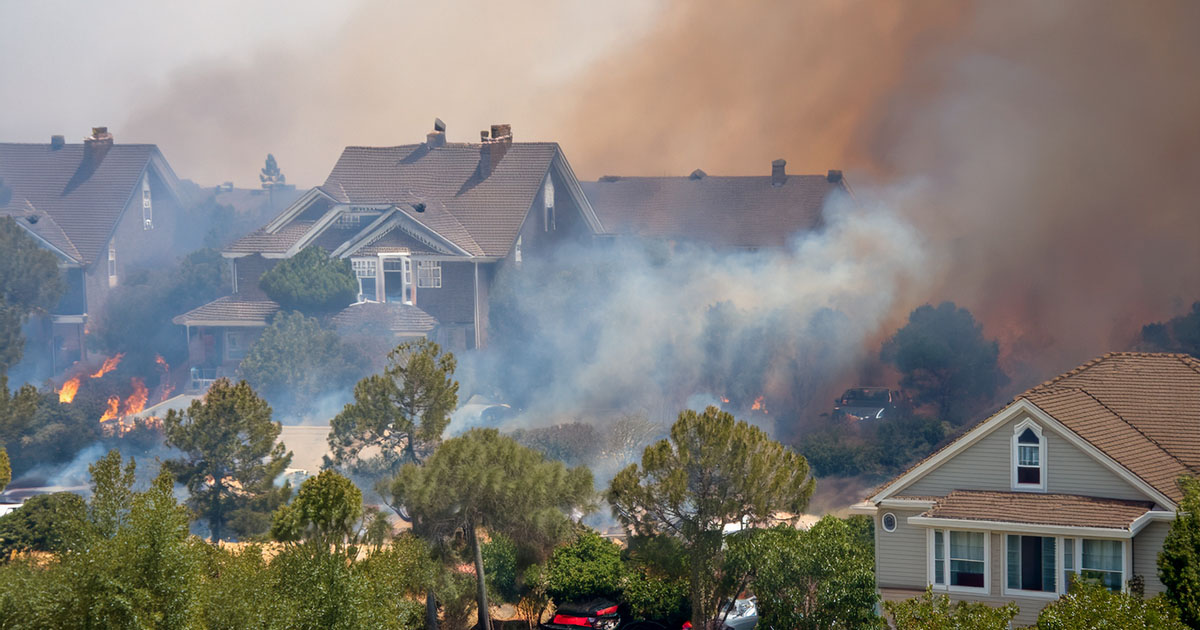Why Rising Energy Costs Make Smarter Housing a No-Brainer
What a recent Ezra Klein episode reveals about cost, permitting, and how to rebuild faster On a recent episode of The Ezra Klein Show, climate...
3 min read
 Timothy Lorang
:
Mar 24, 2025 2:37:06 PM
Timothy Lorang
:
Mar 24, 2025 2:37:06 PM

The wildfires that tore through Los Angeles County this January weren’t just devastating—they were a wake-up call. Thousands of homes destroyed. Entire communities uprooted. Nearly 40% of county residents say their health or their family’s health was affected by smoke exposure. And according to a UC Berkeley/LA Times poll, nearly a quarter of Los Angeles County residents are now considering leaving the region altogether.
This isn’t just about LA. Climate disasters are hitting harder and more often—whether it’s wildfires in California and Hawaii, hurricanes in the Gulf, or floods in the Midwest. Rebuilding has become a national challenge, and we’re not keeping up.
The truth is, we can’t rebuild using the same methods that failed us in the first place. If we want to recover faster, safer, and more affordably, we need to fundamentally change how we build. That starts with industrialized construction and resilient design—solutions like prefabricated materials and Passive House standards that can scale to meet this moment.
To rebuild after disasters like the LA fires—and prepare for future ones—we need to embrace building methods that are:
This is where prefabrication and Passive House principles come in.
Prefabrication shifts most construction off-site to a controlled factory environment. Panels or modules are built in advance, transported to the site, and assembled quickly. It’s not a new idea—but thanks to modern materials and precision manufacturing, it’s now faster, cheaper, and more scalable than ever.
This method:
In San Francisco, the Tahanan Supportive Housing project used modular construction to cut both time and cost nearly in half. Yet developers remain hesitant to repeat it—due to union resistance, regulatory inertia, and legacy expectations.
Passive House is a rigorous building standard that dramatically reduces energy use while maximizing indoor comfort. Homes built to Passive House specs stay cooler in the summer, warmer in the winter, and cleaner in smoky or polluted conditions.
Why it matters for recovery:
For fire survivors already dealing with stress and displacement, Passive House is more than a luxury—it’s a lifeline.
Simplus Systems uses MgO (Magnesium Oxide) structural panels as a core component of its building system. These fire-resistant, mold-resistant, and termite-proof panels are not only safer, they’re sustainable and designed for Passive House performance.
They’re exactly what fire-prone communities need to rebuild with confidence.
Disasters don’t strike evenly. Low-income and elderly residents are often hardest hit—and slowest to recover. Prefabricated, energy-efficient housing can:
Whether you’re a senior housing developer, university housing manager, or a city official trying to shelter residents after a fire—faster, smarter building benefits everyone.
While the focus now is on LA, these solutions apply anywhere climate disaster hits:
Every city will face its own crisis. The smart ones will be ready.
We have two paths ahead:
The technology is here. The proof is here. What we need now is the will to act.
Simplus Systems helps developers, planners, and public officials build smarter—from disaster zones to urban infill.
If you're interested in:
Contact Simplus Systems to learn how we can help.

What a recent Ezra Klein episode reveals about cost, permitting, and how to rebuild faster On a recent episode of The Ezra Klein Show, climate...

Wildfires don’t just destroy homes—they upend entire communities. From Paradise to Lahaina to Los Angeles, fire survivors face years of delays, red...

When a wildfire hits, most people worry about flames. But smoke is often both the immediate killer and the more pervasive, long-lasting...